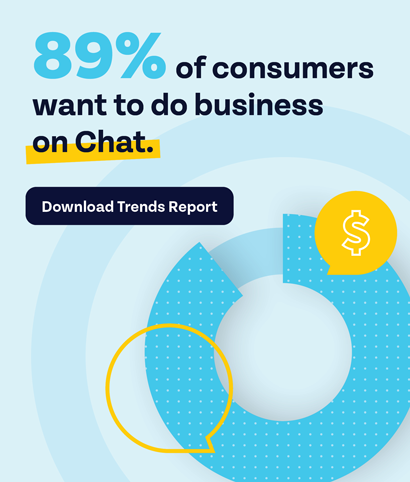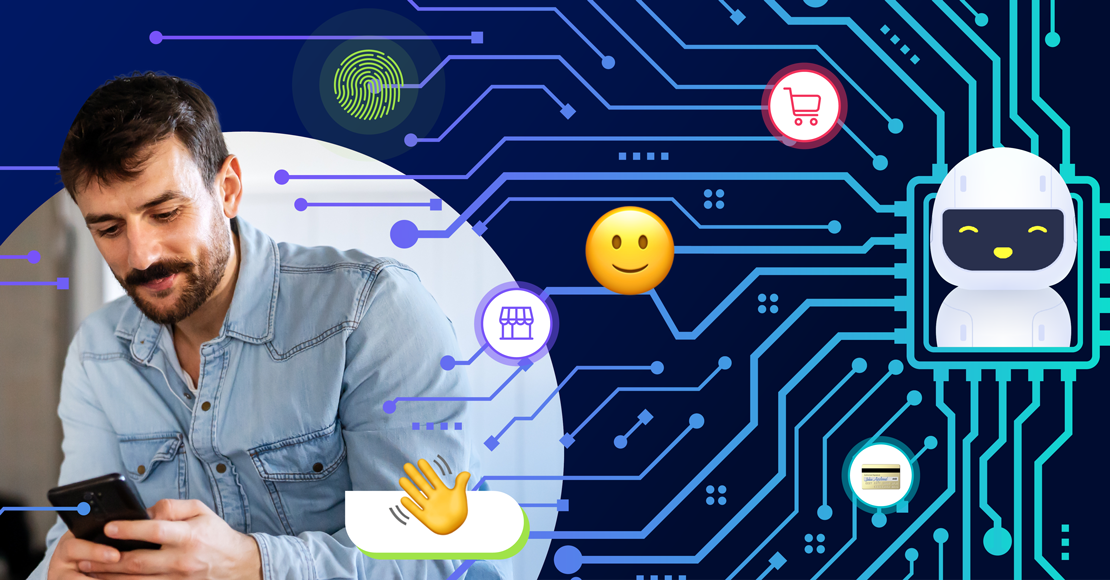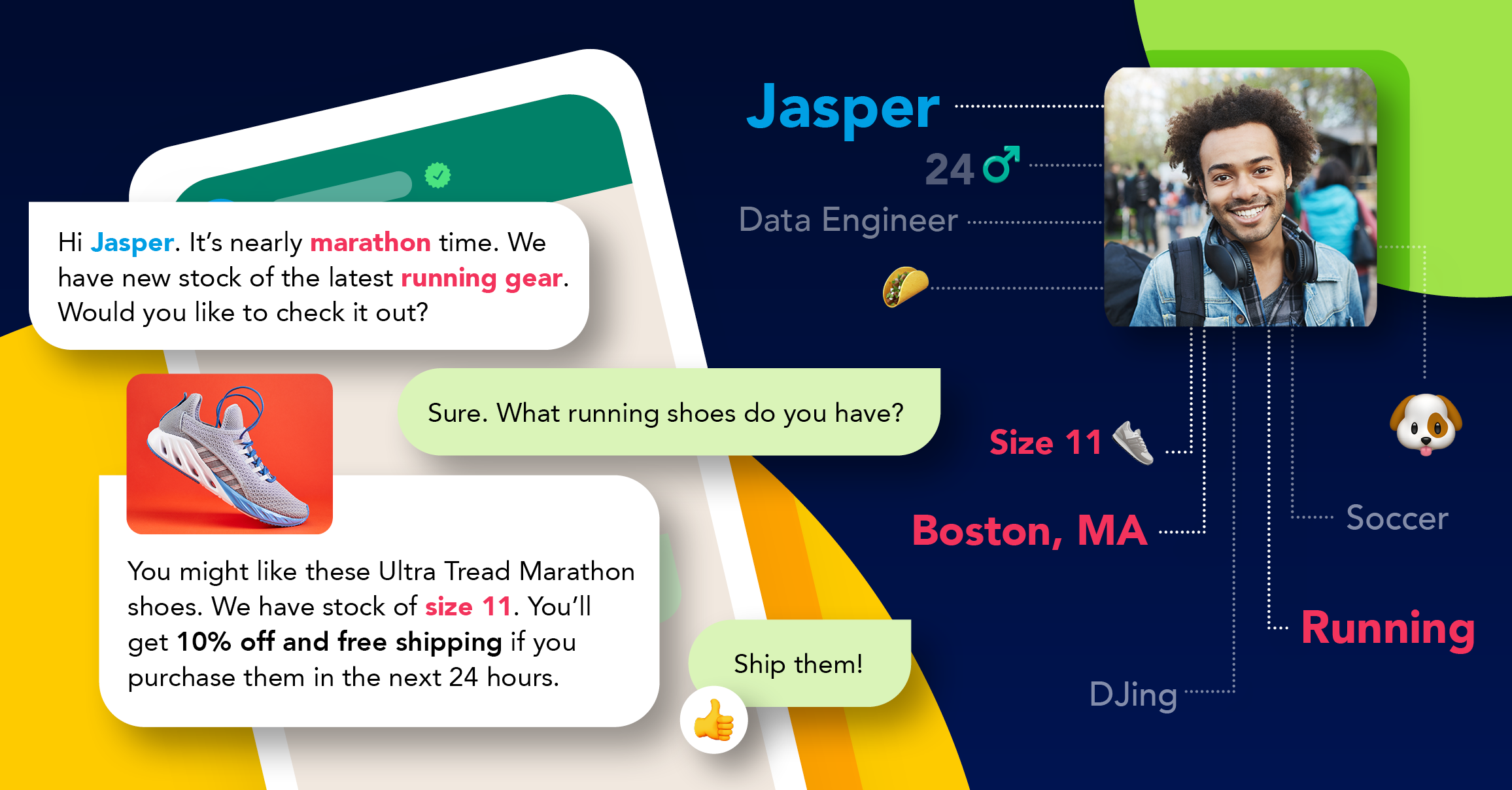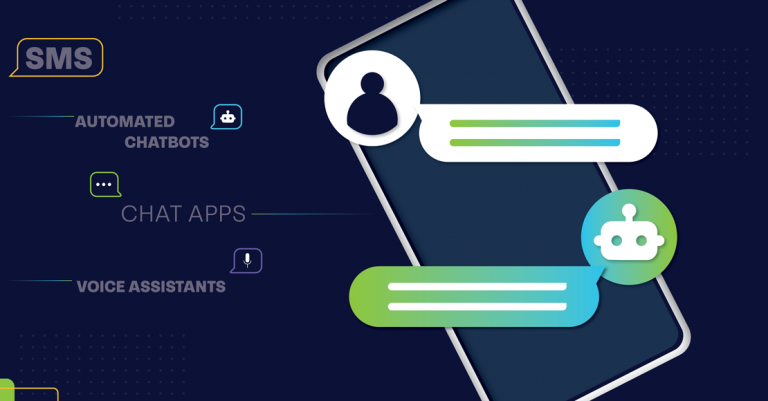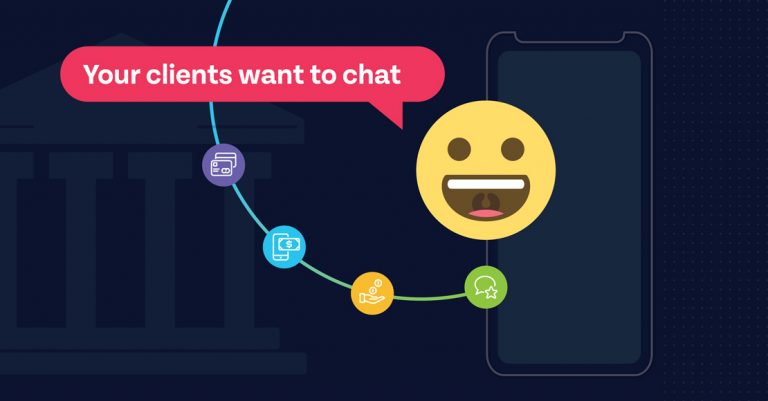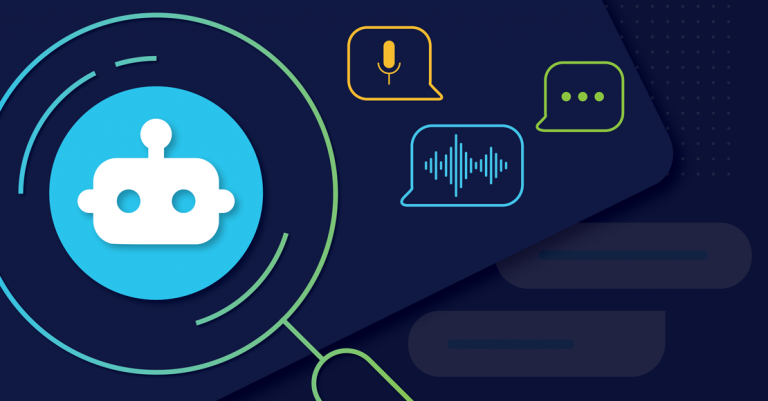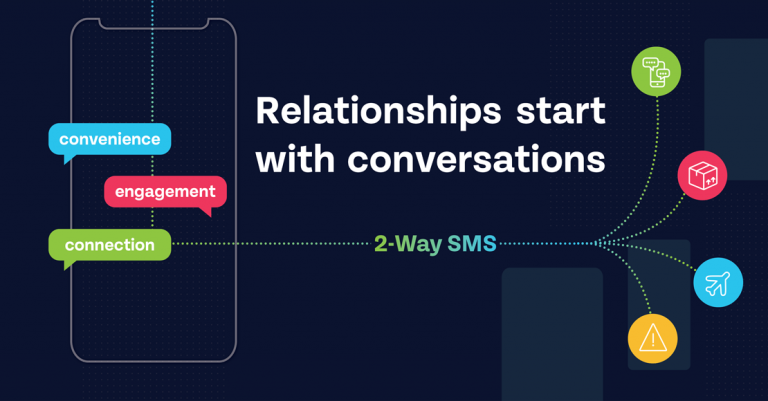
AI to increase profits
Artificial intelligence (AI) is a powerful and robust collection of technologies. While most consumers may see it as the future of personal assistants and self-driving cars, AI has the potential to greatly improve a range of other industries as well. It’s not just about the latest technology trends, but rather how artificial intelligence applications can increase profit.
Artificial intelligence applications in the financial sector
At present, AI is improving the financial sector, from big banks to private wealth managers. The technology can assess mass amounts of important financial data such as statements, social media posts, and news articles, and turn it into easily digestible and useful data for humans. It is a process that could take human workers days or weeks, it is significantly sped-up to hours or even minutes.
AI is also helpful when it comes to running through difficult tasks, such as credit scoring, or fielding time-consuming ones, such as handling general customer queries.
Prevent failures and downtime
Any company involved in manufacturing or the supply of a resource, such as a power plant or lumber yard, cannot afford unscheduled downtime. These periods of systems being turned off are often due to urgent maintenance and or replacing old or broken parts. And while the machines, and essentially the company, are off, no income is being generated. Fortunately, AI technology is capable of mitigating unnecessary downtime.
With the implementation of artificial intelligence applications, manufacturing and supply companies can have all of their resources and equipment assessed, especially core components critical to the running of the facility. The system is then able to estimate how long a product will take to run and when it will need to be replaced. This allows workers to fix or replace any parts beforehand, which mitigates the unnecessary loss of revenue.
Virtual workforce
Every company requires a workforce, whether it’s five or 5000 individuals. Each of them has a specific job that needs doing, but depending on the company and tasks, there may not be enough hours in the day to achieve everything that is required. Not to mention that humans become tired, sick, or leave for other opportunities. While not a replacement, a virtual workforce is an excellent addition to a company and its staff.
By implementing an AI-driven virtual workforce, many mundane and low level-jobs can be completed by machines. Workers, in turn, can be given higher priority items and positions to handle. Tasks, such as working out tax or assessing project performance, can rather be handled by AI daily. Companies can then focus on what is important, turning profits and growing, instead of mundane issues.
Creating new items
Before the manufacturing process, people need to design the product, create it, and test if it works. This is time-consuming and can become expensive as only a single item is created at a time, and usually by hand. Artificial intelligence applications such as Autodesk’s Project Dreamcatcher can take over design duties to create products. This has further been simplified by other technology trends, such as 3D printing.
The criteria for the product is fed into an artificial intelligence application. Dreamcatcher can then use the cloud to generate a range of designs and differentiators. It is even able to create these depending on the type of material being used. Once the item is created, sensors can be hooked up to a physical unit, which feeds real-time data back into Dreamcatcher, which improves on the design. The entire process removes needless production and companies can jump straight into creating products.
If you are further interested in the subject, have a look at our article about AI and business. It touches on what AI is and how social media marketers are implementing the technology.
Explore other articles
Step into the future of business messaging.
SMS and two-way channels, automation, call center integration, payments - do it all with Clickatell's Chat Commerce platform.
